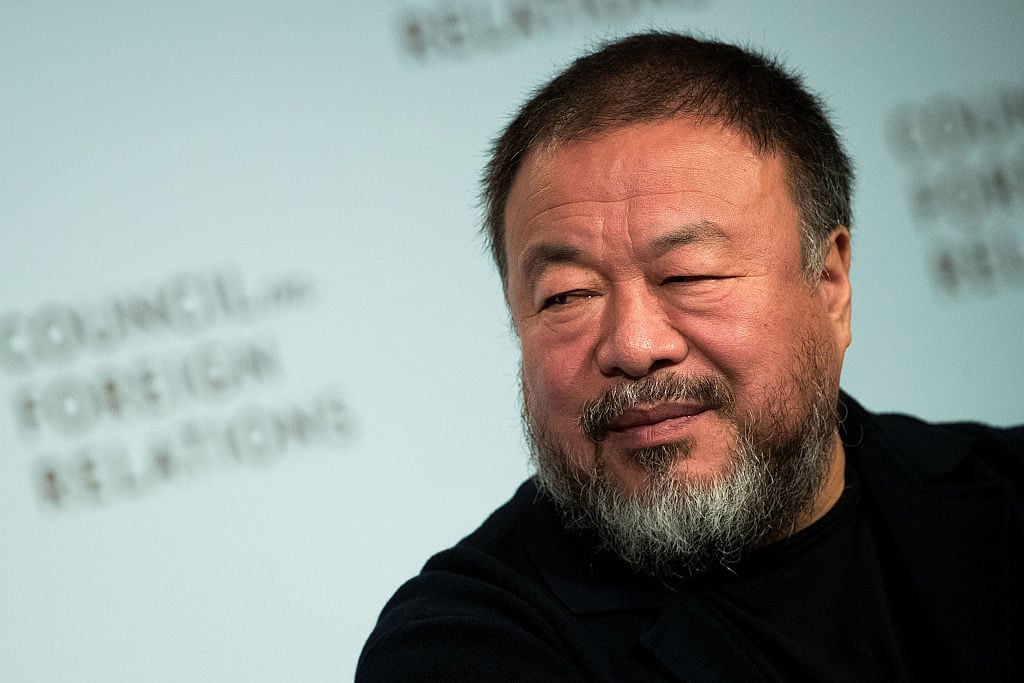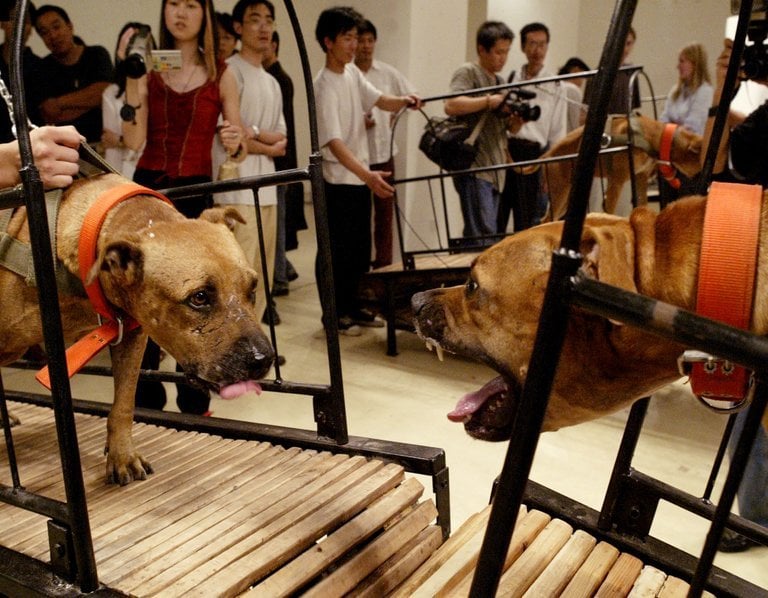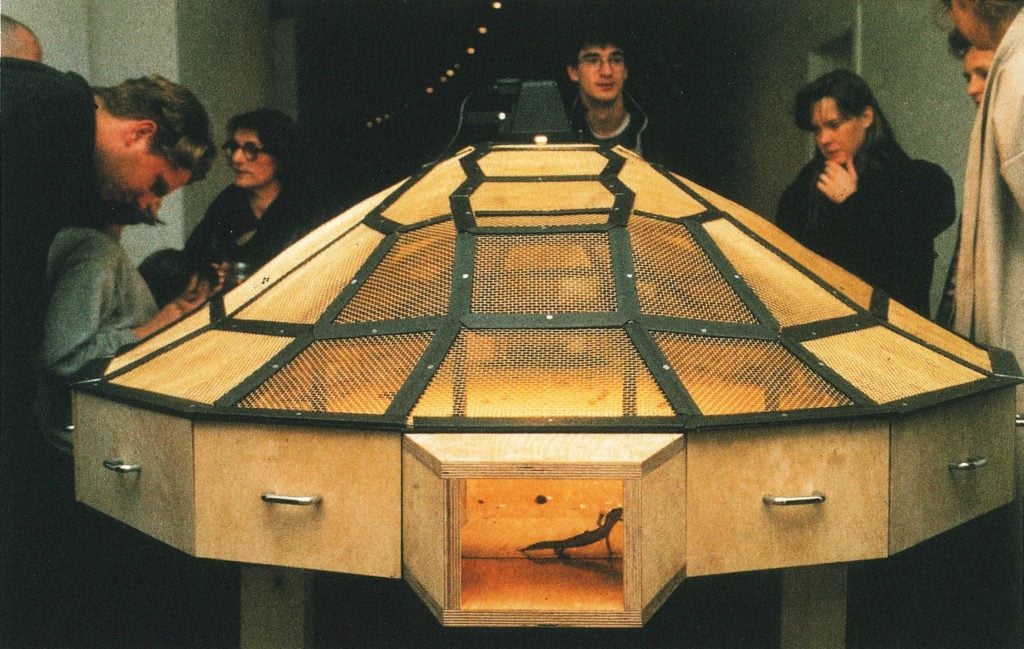Art World
Ai Weiwei Defends the Guggenheim’s China Show Against Animal Rights Protests
The museum faces a damned-if-you-do, damned-if-you-don’t scenario.

The museum faces a damned-if-you-do, damned-if-you-don’t scenario.

Brian Boucher

Controversy rages on over the Solomon R. Guggenheim Museum’s exhibition “Art and China after 1989: Theater of the World.” The Chinese artist Ai Weiwei has now stepped in to defend the show, which drew sharp protest from animal rights activists.
The museum announced late Monday that it planned to remove the offending works “out of concern for the safety of its staff, visitors and participating artists” after it received threats of violence.
The situation was not received kindly by Ai, who served as an advisor for the show and curated its film component. “When an art institution cannot exercise its right for freedom of speech, that is tragic for a modern society,” he told the New York Times. “Pressuring museums to pull down artwork shows a narrow understanding about not only animal rights but also human rights.”
The artist did not immediately respond to a request for further comment, but his work plays an important role in the show. The show’s time frame—art created between 1989 and 2008—was in part determined by Ai’s role in the 2008 Beijing Olympics.
The removed works are: Huang Yong Ping’s Theater of the World (1993), an enclosure in which live insects, amphibians, and reptiles fight and eat each other as viewers look on; a video of Peng Yu and Sun Yuan’s 2003 performance Dogs That Cannot Touch Each Other, which shows restrained mastiffs walking toward each other on treadmills; and Xu Bing’s A Case Study of Transference (1994), which features a boar and a sow—both stamped with the artist’s trademark fake Chinese characters, mixed with Roman letters—in the act of mating.

Sun Yuan and Peng Yu’, Dogs That Cannot Touch Each Other. The Guggenheim has been asked to remove the video, which features eight pit bulls on treadmills, from an upcoming exhibition. Courtesy of Galleria Continua, San Gimignano, Beijing, Les Moulins, Habana.
The planned display was roundly criticized ahead of the show’s October 6 opening. A Change.org petition had garnered more than 700,000 supporters by Wednesday morning. People for the Ethical Treatment of Animals (PETA) president Ingrid Newkirk also called for the works’ removal, stating that “people who find entertainment in watching animals try to fight each other are sick individuals whose twisted whims the Guggenheim should refuse to cater to.” The American Kennel Club issued a statement saying that the Peng Yu and Sun Yuan work was “unacceptable and should not be displayed in any manner and certainly not as art.”

Huang Yong Ping’s Theater of the World. Photo courtesy of the Guggenheim.
The museum has found itself stuck in the middle of a face-off between free speech advocates and animal rights activists. PEN America, a nonprofit dedicated to freedom of expression and the advancement of literature, voiced its concern in a Facebook post:
While vigorous debate over the works planned for exhibition at the Guggenheim is legitimate and people are free to voice impassioned views, that threats of violence became grounds for the cancellation of the works represents a major blow to artistic freedom. Even artistic expression that deeply offends is not a justification for threatened or actual violence. The outcome in this case sets a worrying precedent that controversial voices and outlier perspectives can be forced into silence through mass outcry, public pressure and threats. Those who celebrate the removal of these works should consider what gets removed next, and at whose behest.